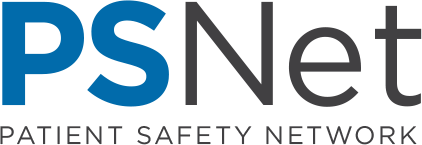Commentary
July 26, 2006
Aubuchon JP. Transfusion (Paris). 2006;46(7):1085-9.
The author provides practical advice on alleviating problems associated with transfusions.
Back To Top

Login to PSNet
Access your account by entering your password or receive a one-time link, a temporary and highly secure method for accessing your account. For security, please select the reCAPTCHA checkbox below.
- Don't have an account?Sign up to PSNet
Submit Your Innovations
Please select your preferred way to submit an innovation.
Continue as a Guest
Track and save your innovation
in My Innovations
Edit your innovation as a draft
Continue Logged In
Track and save your innovation
in My Innovations
Edit your innovation as a draft
Submit Your Innovations
Please select your preferred way to submit an innovation. Note that even if you have an account, you can still choose to submit an innovation as a guest.
Continue as a Guest
Track and save your innovation
in My Innovations
Edit your innovation as a draft
Continue logged in
Track and save your innovation
in My Innovations
Edit your innovation as a draft
New Users to the PSNet site
Access to quizzes and start earning
CME, CEU, or Trainee Certification.
Get email alerts when new content
matching your topics of interest
publishes.
Track and save your innovation
in My Innovations.


